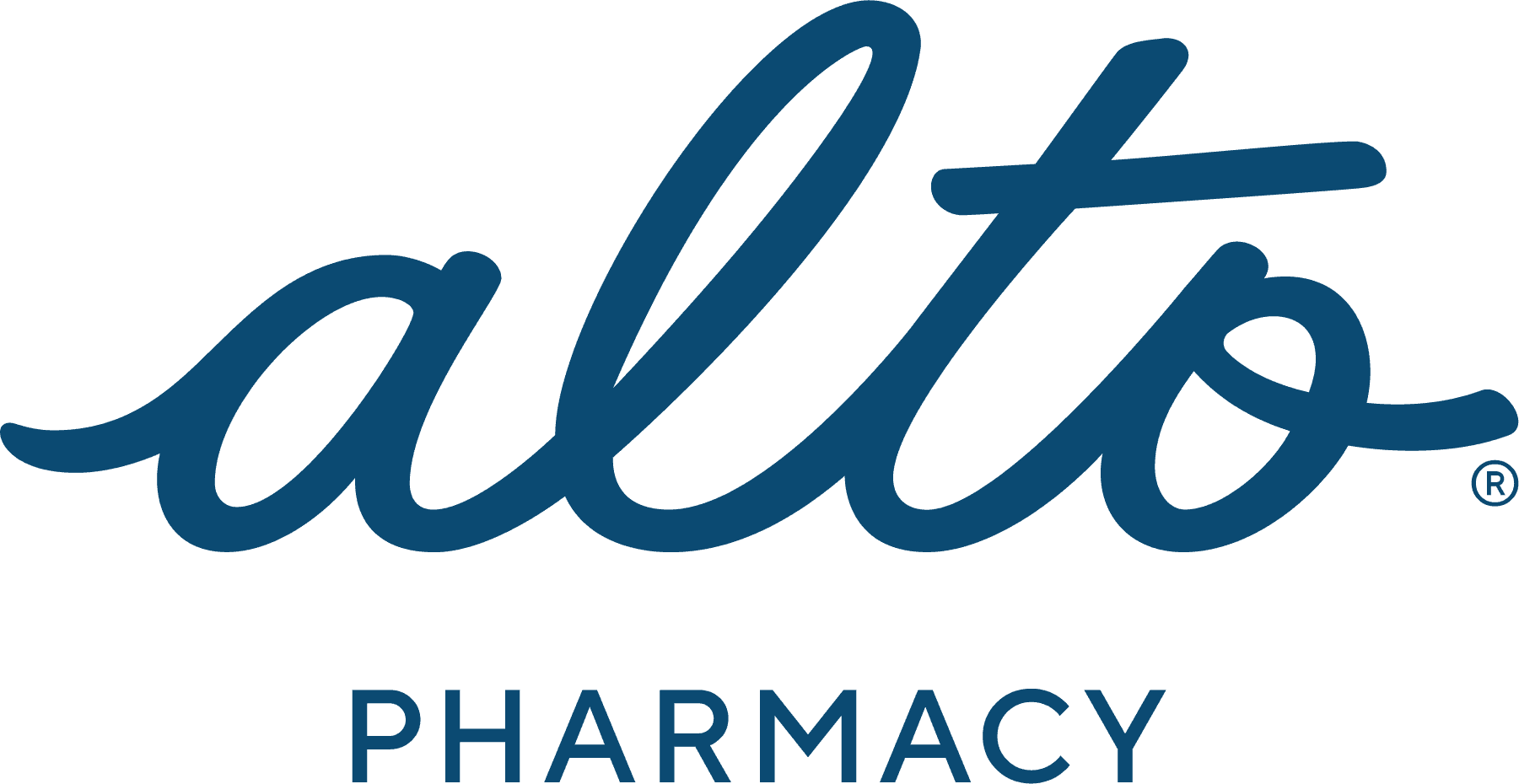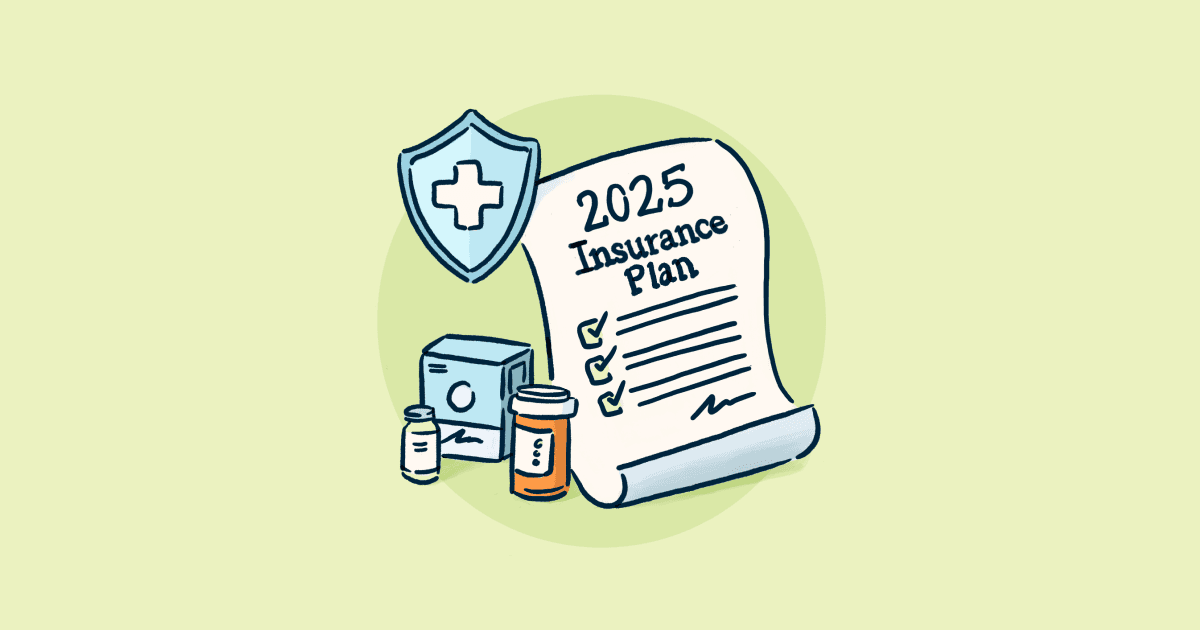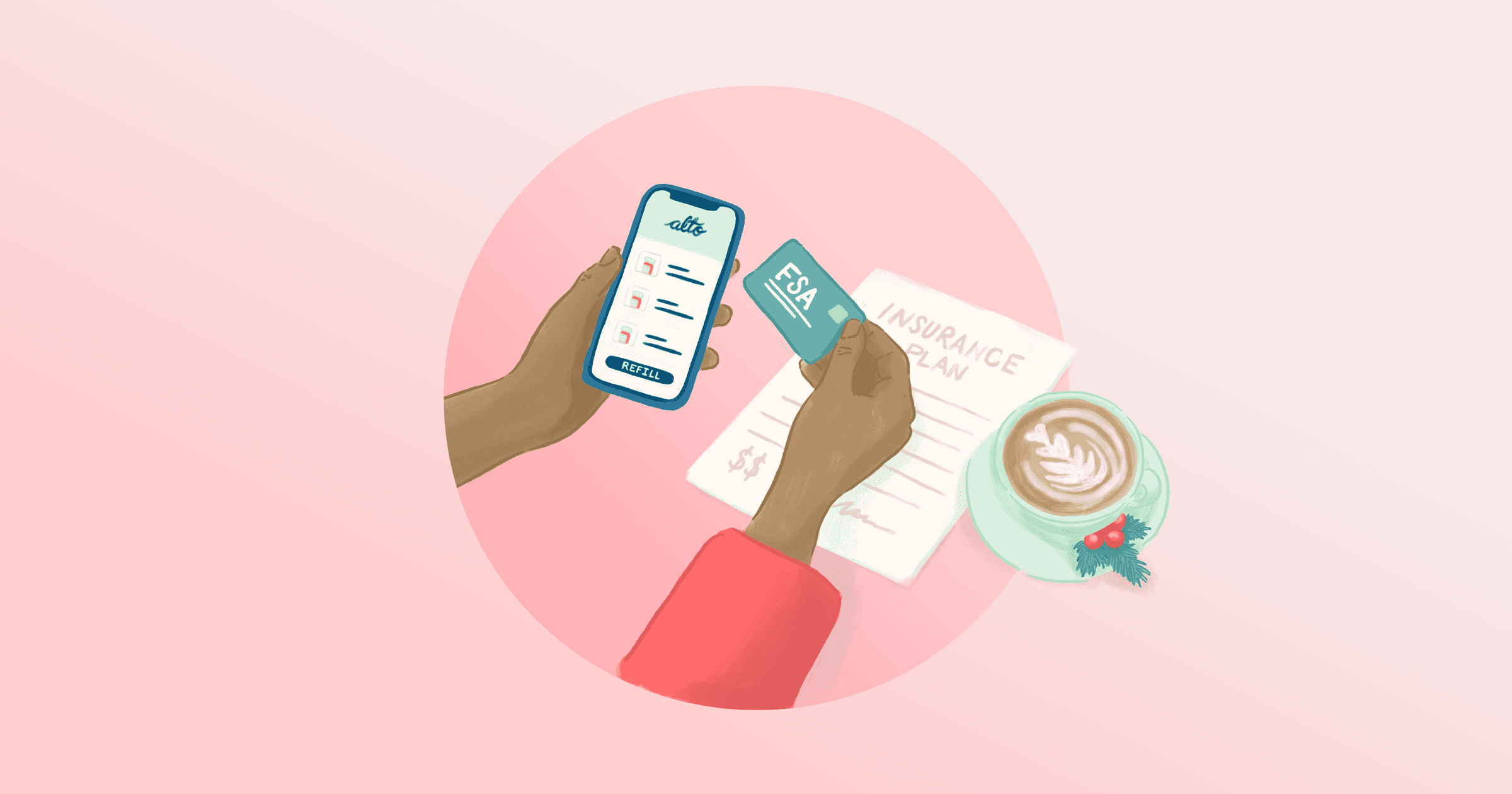Deciphering Your Copay — What Your Pharmacy Isn’t Telling You
Dec 2, 2020
By
Alto Pharmacy
You see your doctor and he or she writes you a new prescription, sending it electronically to your pharmacy of choice. You then receive a call from your pharmacy and the copay is much higher than you anticipated.
Your jaw drops. You find yourself thinking that something must be wrong with this calculation. How did your doctor think you could afford this drug?… Did the pharmacy apply your insurance correctly?… Is this for a whole year’s worth of medication?
If you find yourself in this situation, you are not alone.
There isn’t one simple answer to this question, but hopefully this article will help you understand the potential causes of a high copay and recognize which one might apply to you. The following are the most common reasons for a high copay:
1. Your deductible has reset
If you notice your prescription drug costs escalate at the beginning of a new year, your deductible is the most likely culprit. With a deductible, patients will pay the majority of the cost of their medications out of pocket until a certain dollar amount has been reached. This amount varies significantly by plan and can range anywhere from the low hundreds to thousands. Once you hit this set amount, your typical copays will return and remain until the start of the next calendar year.
2. The copayment tier is high
Copayment or drug coverage tiers are a way that insurance companies categorize drugs, and those from higher tiers will most likely cost you more than those from a lower tier. For instance, a brand name drug in Tier 3 will cost you more out of pocket than a generic alternative in Tier 1. Speciality drugs, or those prescribed as treatment for rare or serious medical conditions are commonly at the highest tier, and therefore, are also the most expensive. It is important to note that not all prescription insurance plans utilize tiers, and tiers differ immensely across various plans.
3. The drug requires a Prior Authorization
Oftentimes, insurance companies will reject claims for specialty, brand, or expensive medications without a Prior Authorization in place. A Prior Authorization, or PA, is an appeal process that, if accepted, will result in your Insurance covering a portion of your prescription costs. A PA may require your doctor to submit prerequisite therapy information and diagnosis, and ultimately, justify the reason he or she is requesting this treatment for you.
The important thing to note about PAs is that many drugs that require PAs are also more costly and specialized to begin with, which may affect your out of pocket cost even after it is approved by your insurance.
4. Your formulary or copay has changed
A formulary is a list of drugs which are covered in some part by your Insurance plan. Each plan has a unique formulary, which you can locate online or by calling your plan. If a drug is not on your “open” formulary, you may have the option of submitting a PA; however, if you have a “closed” formulary, a PA will not be approved. Your pharmacy will be able to inform you on your options and if you have an “open” or “closed” formulary. One thing to keep in mind is that formularies may change without warning, and a medication you are currently taking may be fully covered ($0 copay) one day and not covered, or covered with a copay the next.
We have seen this occur many times with birth control medication, for example, where a patient has been taking one brand for months with $0 copay, and all of a sudden she is subject to a $25 copay for the same medication. In this instance, the formulary has changed, and her Insurance plan is now requesting she takes a different brand, or generic equivalent of birth control medication.
5. You are in the “donut hole” (Medicare Part D only)
The “donut hole” or coverage gap, is specific to Medicare Part D participants, and means there is a temporary limit on what your plan will cover. The gap begins after you and your plan have spent a certain amount towards covered medication for the calendar year. For instance, this number in 2017 is $3,700. Once you are in the coverage gap, you could pay up to 40% of the plan’s cost for covered brand name drugs, and will pay 51% of the cost for generic drugs. These percentages may change year after year, and your costs incurred will add up over time to get you out of the coverage gap. You can find more information and specific examples of the coverage gap on the Medicare website.
Do I have any options?
Fortunately, you may have a couple options to cut your costs. If your doctor prescribed a brand name medication and there’s an alternative available, you may have the option of filling this instead. If the doctor requires that specific medication, talk to him or her about why, or ask your pharmacist to follow up for a new prescription. If an equivalent generic does not exist, there still may be a comparable substitute, which you should discuss with your doctor or pharmacist.
In the case of a Prior Authorization, your doctor can submit documentation to your insurance company explaining why this specific treatment is necessary. At Alto (formerly ScriptDash Pharmacy), we initiate this process with your doctor and track its progress, as well as notify you along the way.
A third way to lower your out of pocket costs, perhaps significantly, is to apply a manufacturer’s copay savings card. These savings cards are typically found with more expensive brand name medications and are accepted for the most part after your commercial insurance has paid for a portion of the medication. Lo Loestrin Fe, for instance, has a savings card that will bring down out of pocket expenses to $25 for a 28-day supply, which can be much lower than your initial copay when you only use your insurance. At Alto, we make this process easy on you and will actively search for, and apply, any savings cards for which you are a candidate.
While this isn’t an exhaustive list of everything that could contribute to your copay, it covers the majority of cases we see here at Alto. If you have any questions on what your insurance covers, you can always contact us for help. Alternatively, you can learn more about your insurance coverage by calling the number on the back of your card or by looking up your formulary online. We hope this takes some of the guess work out of deciphering your copay and will help you make more informed healthcare decisions in the future!
















